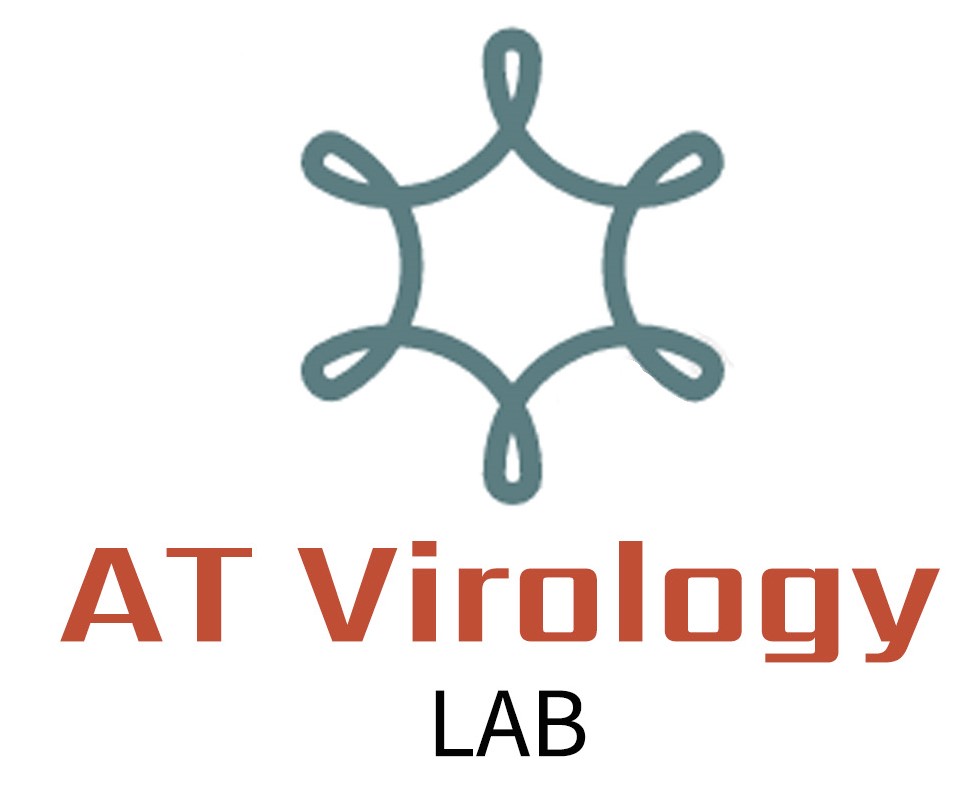Abstract
Respiratory syncytial virus (RSV) is a highly infectious respiratory virus that causes serious illness, particularly in young children, elderly people, and those with immunocompromised individuals. RSV infection is the leading cause of infant hospitalization and can lead to serious complications such as pneumonia and bronchiolitis. Currently, there is an RSV vaccine approved exclusively for the elderly population, but no approved vaccine specifically designed for infants or any other age groups. Therefore, it is crucial to continue the development of an RSV vaccine specifically tailored for these populations. In this study, the immunogenicity of the two plant-produced RSV-F Fc fusion proteins (Native construct and structural stabilized construct) were examined to assess them as potential vaccine candidates for RSV. The RSV-F Fc fusion proteins were transiently expressed in Nicotiana benthamiana and purified using protein A affinity column chromatography. The recombinant RSV-F Fc fusion protein was recognized by the monoclonal antibody Motavizumab specific against RSV-F protein. Moreover, the immunogenicity of the two purified RSV-F Fc proteins were evaluated in mice by formulating with different adjuvants. According to our results, the plant-produced RSV-F Fc fusion protein is immunogenic in mice. These preliminary findings, demonstrate the immunogenicity of plant-based RSV-F Fc fusion protein, however, further preclinical studies such as antigen dose and adjuvant optimization, safety, toxicity, and challenge studies in animal models are necessary in order to prove the vaccine efficacy.
